需求:不同DHU多屏场景下,设置同一系列屏保,屏保中间组件字体颜色需要动态读取背后壁纸主色亮度,根据背后亮度动态设置字体颜色
偏亮的=黑色,偏暗的=白色
1、取色
读取亮度需要先对bitmap解码,通过 Color.colorToHSV 方法读取亮度值
![图片[1]-屏保多DHU下同步字体颜色-牛翰网](https://niuimg.niucores.com/wp-content/uploads/2025/07/6102168088417243801.gif)

private fun generate(newMap: Bitmap): FloatArray { val hsvColorArray = FloatArray(3) Palette.from(newMap).generate().apply { val dominantColor = getDominantColor(Color.BLACK) Color.colorToHSV(dominantColor, hsvColorArray) } return hsvColorArray }
View Code
随后直接根据亮度值返回对应颜色
![图片[1]-屏保多DHU下同步字体颜色-牛翰网](https://niuimg.niucores.com/wp-content/uploads/2025/07/6102168088417243801.gif)

// hsvColorArray[2] private fun getColor(num: Float = 0f) = if (num >= 0.7) { CommonUtils.COLOR_BLACK } else { CommonUtils.COLOR_WHITE }
View Code
2、裁剪
取色的bitmap是字体背后对应的区域,而不是整个壁纸,所以需要进行计算裁剪
![图片[1]-屏保多DHU下同步字体颜色-牛翰网](https://niuimg.niucores.com/wp-content/uploads/2025/07/6102168088417243801.gif)

private fun createRectBitmap(bitmap: Bitmap, isDim: Boolean): Bitmap { return if (isDim) { Bitmap.createBitmap( bitmap, dimWidth / 2 - rectWidth / 2, dimHeight / 2 - rectHeight / 2, rectWidth, rectHeight ) } else { Bitmap.createBitmap( bitmap, mWidth / 2 - rectWidth / 2, rectTopMargin, rectWidth, rectHeight ) } }
View Code
不同屏幕尺寸不一样,布局不一样,所以对应要裁剪的区域也不一样,这里需要统一适配
bitmap建议使用 Glide 加载,效果更高
对bitmap进行裁剪取色都属于耗时操作,需要放在子线程处理,缓存使用map存放,key使用屏幕的displayId
3、预加载
每个系列好几张图片,每个DHU可能有多个屏幕(比如CSD屏存在主副驾屏),加上DIM屏属于QNX系统,不太方便实现该功能,所以也需要CSD去实现同步
基于上面要求,缓存量很大,所以需要在初始化时使用多线程处理
![图片[1]-屏保多DHU下同步字体颜色-牛翰网](https://niuimg.niucores.com/wp-content/uploads/2025/07/6102168088417243801.gif)

object ColorPickManager { private const val TAG = "ColorPickManager" private val suitMap = hashMapOf<Int, MutableList<String>>() private val suitIdObserver = Observer<Int> { loadSuitData(it) } @JvmStatic fun init() { Log.d(TAG, "$TAG init ${VehicleManager.getVehicleType()}") initSuitData() LocalResourceManager.observeUsageSuitId(suitIdObserver) } private fun initSuitData() { val list = mutableListOf<DisplayParameter>() if (VehicleManager.isA()) { list.add(DisplayParameter.DISPLAY_PSD) list.add(DisplayParameter.DISPLAY_CSD) list.add(DisplayParameter.DISPLAY_TV) list.add(DisplayParameter.DISPLAY_DIM) } else if (VehicleManager.isB()) { list.add(DisplayParameter.DISPLAY_CONSOLE) list.add(DisplayParameter.DISPLAY_CSD) list.add(DisplayParameter.DISPLAY_TV) list.add(DisplayParameter.DISPLAY_DIM) } else { Log.w(TAG, "initSuitData 不支持的车型 ${VehicleManager.getVehicleType()}") } list.forEach { Log.d(TAG, "initSuitData ${it.displayName} suitMap[${it.displayId}]") suitMap[it.displayId] = mutableListOf() } } /** 当前屏保套系 */ private fun loadSuitData(suitId: Int) { Log.d(TAG, "loadSuitData suitId=$suitId") MainScope().launch(Dispatchers.IO) { LocalResourceManager.getSuitsWithPicturesById(suitId)?.apply { Log.d(TAG, "loadSuitData suitMapSize=${suitMap.size}") suitMap.keys.forEach { addCacheData(it, this) } } } } private fun addCacheData(displayId: Int, suitsWithPictures: SuitWithPictures) { val suit = suitsWithPictures.suit val pictures = suitsWithPictures.pictures suitMap[displayId]?.clear() val pathList = mutableListOf<String>() if (ResourceLoadManager.isDynamic(suit.type)) { pathList.add(suit.path) } else if (ResourceLoadManager.TYPE_CUSTOM != suit.type) { pictures.forEach { pathList.add(convertPath(displayId, it.path)) } } else { pictures.forEach { val path = when (displayId) { DisplayParameter.DISPLAY_TV.displayId -> { ResourceLoadManager.convertPath2Tv(it.path) } DisplayParameter.DISPLAY_PSD.displayId -> { ResourceLoadManager.convertPath2Psd(it.path) } else -> ResourceLoadManager.convertPath2Csd(it.path) } pathList.add(convertPath(displayId, path)) } } pathList.forEach { Log.d(TAG, "addCacheData suitMap[$displayId] add $it") } suitMap[displayId]?.addAll(pathList) loadScreensaversFontColorData(displayId) loadAmbientLightData(displayId) } private fun convertPath(displayId: Int, path: String): String { return if (displayId == DisplayParameter.DISPLAY_DIM.displayId) { ResourceLoadManager.convertPath2Dim(path) } else path } @JvmStatic fun syncScreensaversColor(displayId: Int, index: Int) { AmbientLightColorPickManager.setAmbientLight(displayId, index) FontColorPickManager.syncScreensaversFontColor(displayId, index) } private fun loadScreensaversFontColorData(displayId: Int) { val list = suitMap[displayId] if (list.isNullOrEmpty()) { Log.w(TAG, "loadScreensaversFontColorData suitMap[$displayId] value is null") return } FontColorPickManager.loadScreensaversFontColorData(displayId, list) } }
View Code
针对不同车型缓存对应屏幕,监听屏保变化,如果中途切换需要动态更新
4、同步
缓存处理好后,屏保通过计时器轮播,每次轮播从缓存中读取对应的颜色值同步到字体颜色,实现字体动态跟随屏保壁纸切换
5、多屏适配
不同屏幕尺寸不一样,动态获取背后矩形区域不利于提前缓存处理,因为需要布局加载完后才能拿到坐标宽高,而等进入屏保后在获取会导致字体默认显示颜色跟实际取色不一致,进入屏保导致字体颜色切换过程,如果提前缓存便没有这个过程
实现方案:拿到bitmap后拉伸到基准宽高(设计稿给的宽高),然后参考设计稿裁剪矩形区域,这样无论什么尺寸的屏幕,裁剪的区域都一样,颜色也一样,同步屏保时就可以保证没有偏差
优化:图片过大导致内存占比耗时过高等,将所有基准降低三倍处理(不能太低,否则主色会有偏差,导致颜色不对)
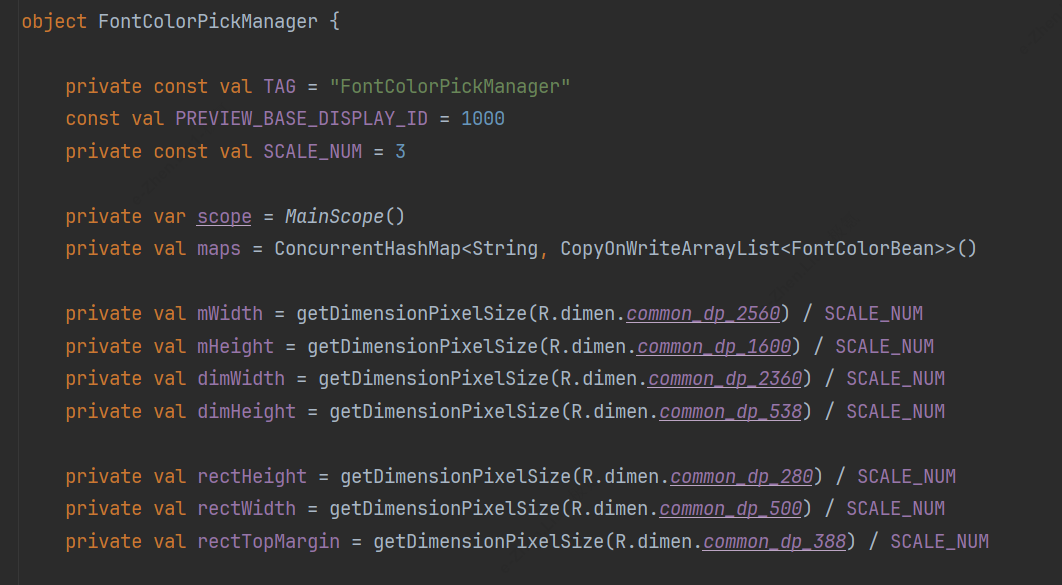
6、多屏预览
预览页要求可以预览所有屏幕的屏保,也包含组件字体颜色的预览,并且主副驾屏幕可以同时进入详情(同一个DHU)


字体会自动跟随壁纸亮度切换颜色
来源链接:https://www.cnblogs.com/LiuZhen/p/18948838
如有侵犯您的版权,请及时联系3500663466#qq.com(#换@),我们将第一时间删除本站数据。




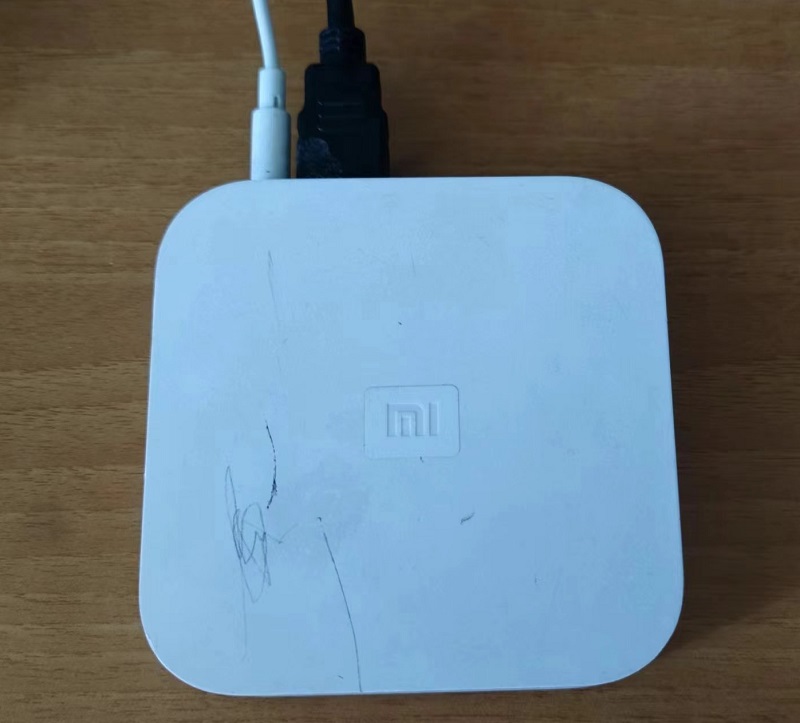
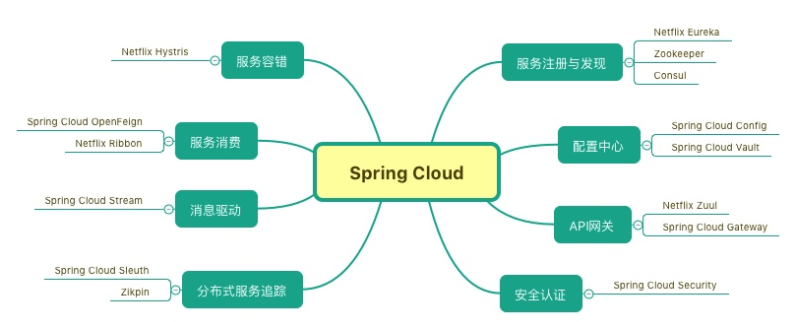


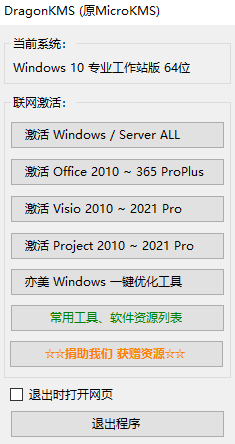
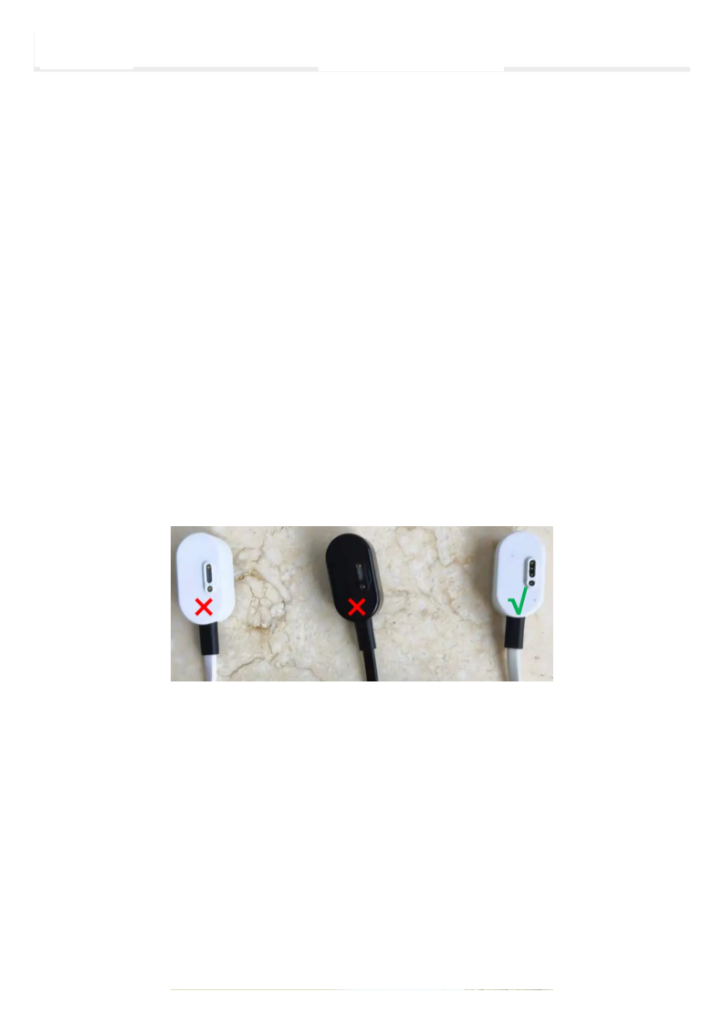

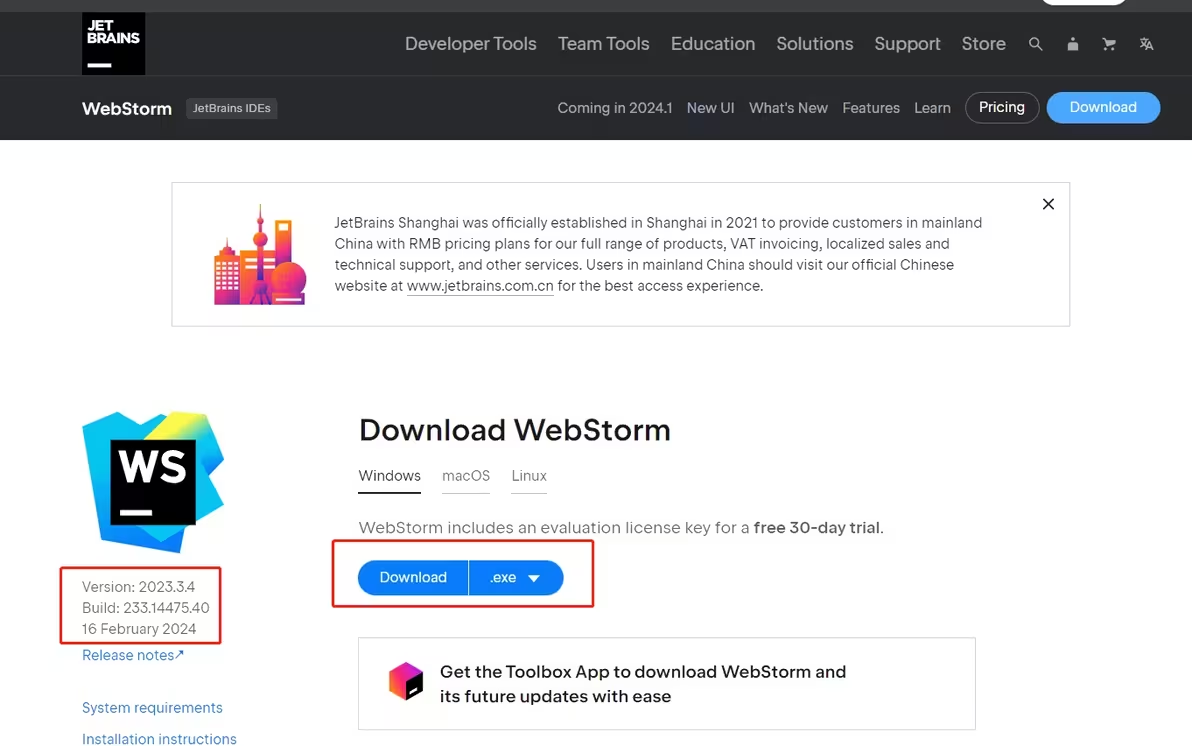

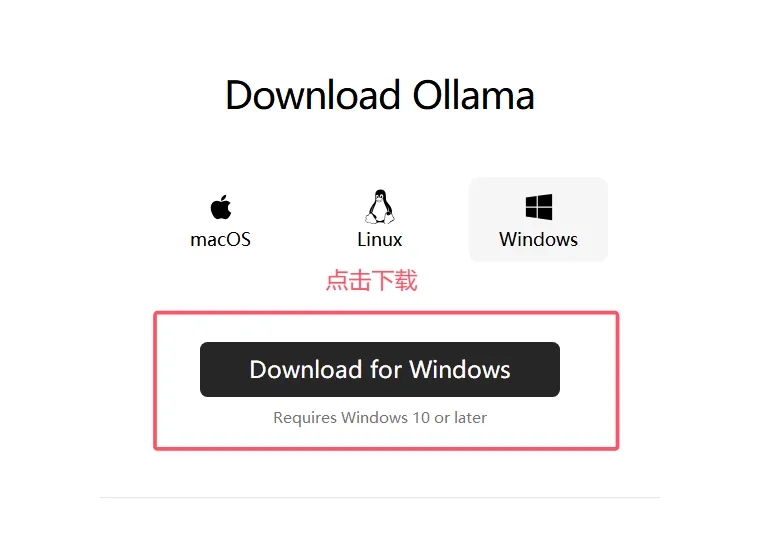




暂无评论内容